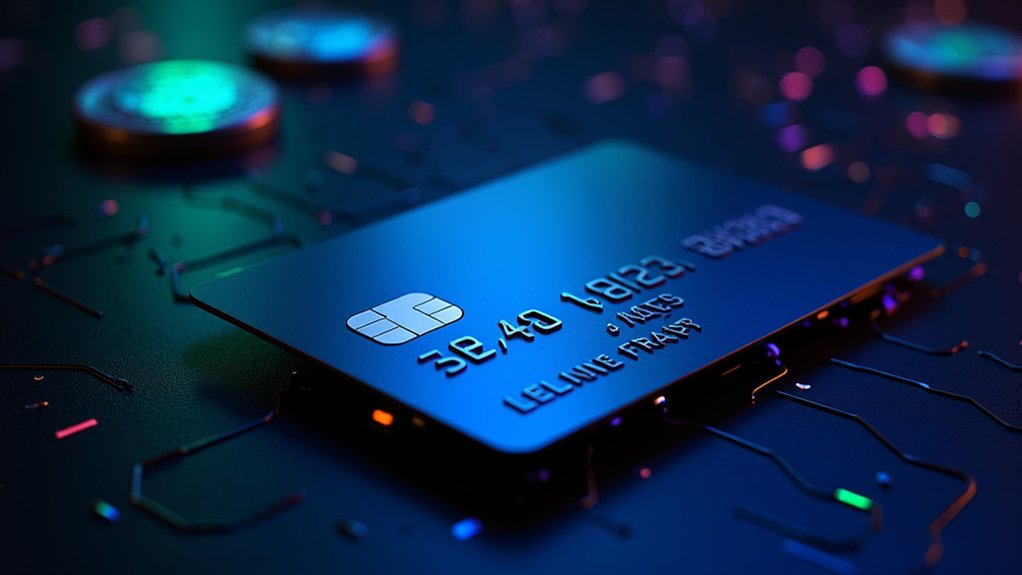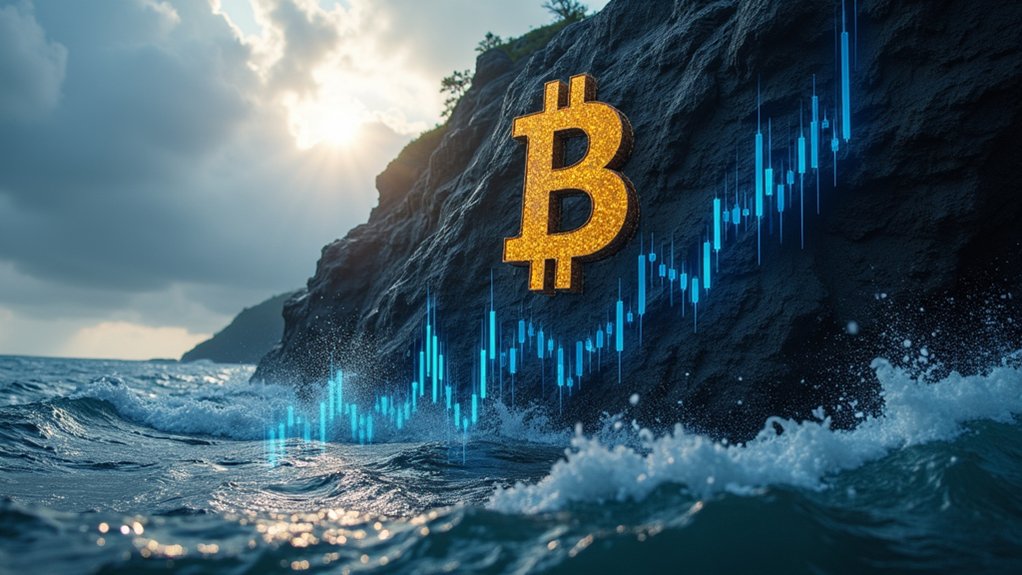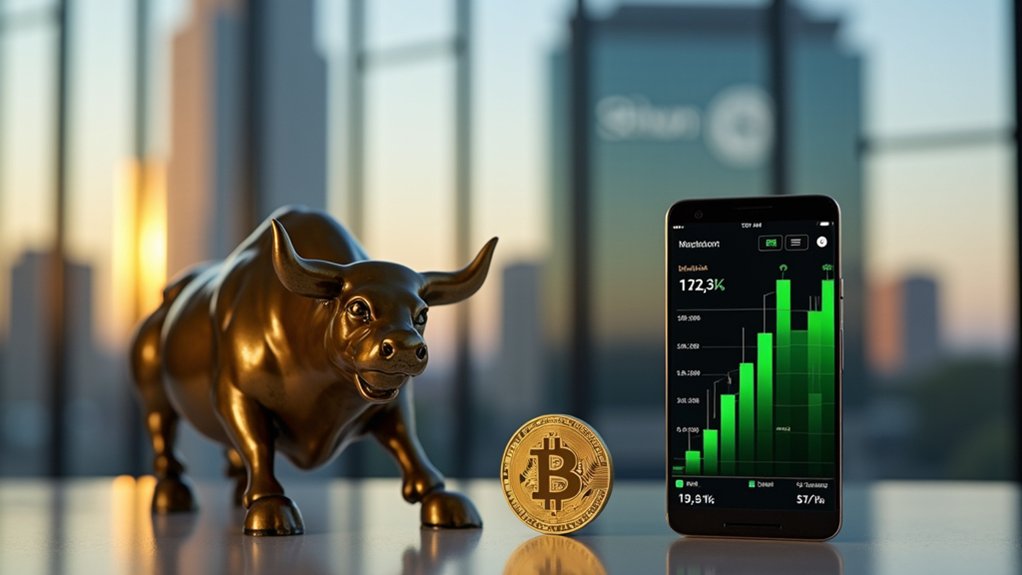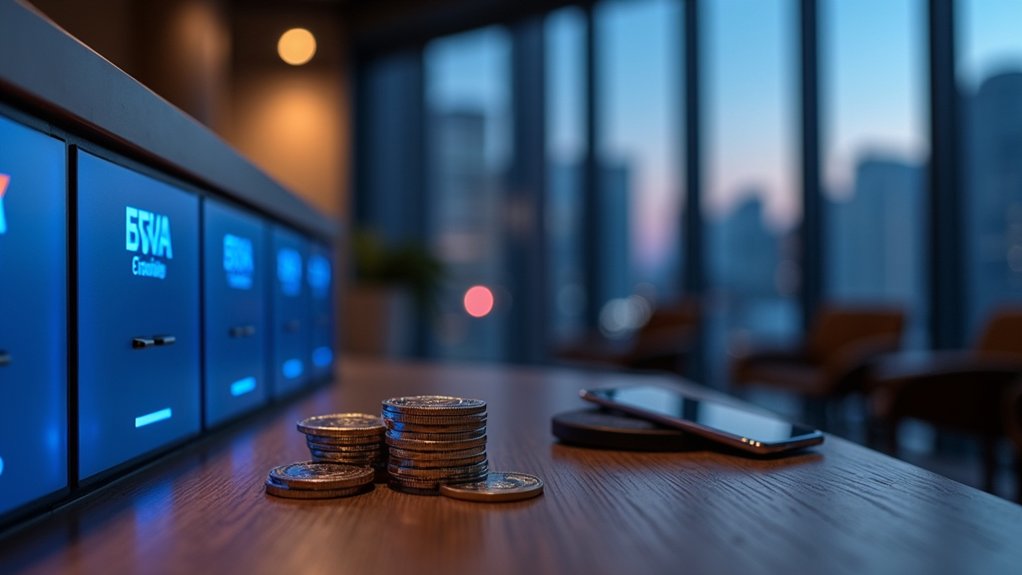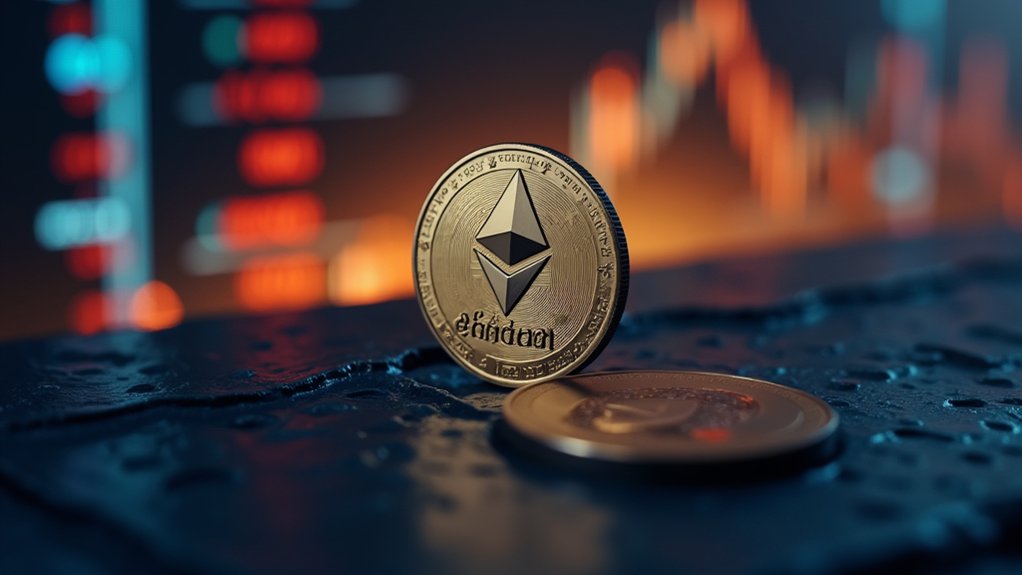Picture a dusty ledger book, worn from decades of balancing Arizona’s finances, now sitting next to a sleek digital wallet buzzing with Bitcoin.
The contrast is stark: yellowed pages smelling of old ink versus the silent hum of digital code.
Arizona’s lawmakers are betting on this modern twist, pushing to make the state a pioneer in cryptocurrency with bills like SB 1025 and SB 1373, passed in April 2025.
Could this be genius—or a gamble with public funds?
The idea, backed by folks like Senator Wendy Rogers and Representative Jeff Weninger, is to stash up to 10% of state money in Bitcoin, a digital currency with a fixed supply, as a hedge against inflation.
Unlike traditional currencies that can be freely printed, Bitcoin operates on blockchain technology to ensure secure, transparent transactions.
Imagine the state treasurer, once hunched over paper ledgers, now clicking through crypto charts.
They argue it diversifies assets, maybe even shields against a shaky dollar.
Plus, bills like SB 1128 let agencies accept crypto for taxes or fines via service providers starting 2025.
Paying rent with Bitcoin? Sounds futuristic, doesn’t it?
Yet, not everyone’s sold.
Governor Katie Hobbs, with a veto pen hovering, might slam the brakes, especially without a budget deal.
Picture her office, cluttered with traditional budget files, while digital dreams wait outside.
The irony isn’t lost: a state once hesitant to accept crypto tax payments in 2018 now wants a Bitcoin reserve.
Is Arizona ahead of the curve or risking a wild ride?
The potential is dazzling, like the glint of virtual coins on a screen, positioning Arizona as a financial innovator.
Moreover, Arizona’s pioneering spirit shines through with past legislation like SB 1341, which proposed designating Bitcoin as legal tender status.
But the uncertainty lingers, heavy as that old ledger.
Critics warn that Bitcoin’s extreme volatility, with price swings like a 43.2% plunge in early 2022, could jeopardize state funds.
Will this blend of past caution and bold tech pay off?
Only time—and maybe a few blockchain transactions—will tell.

